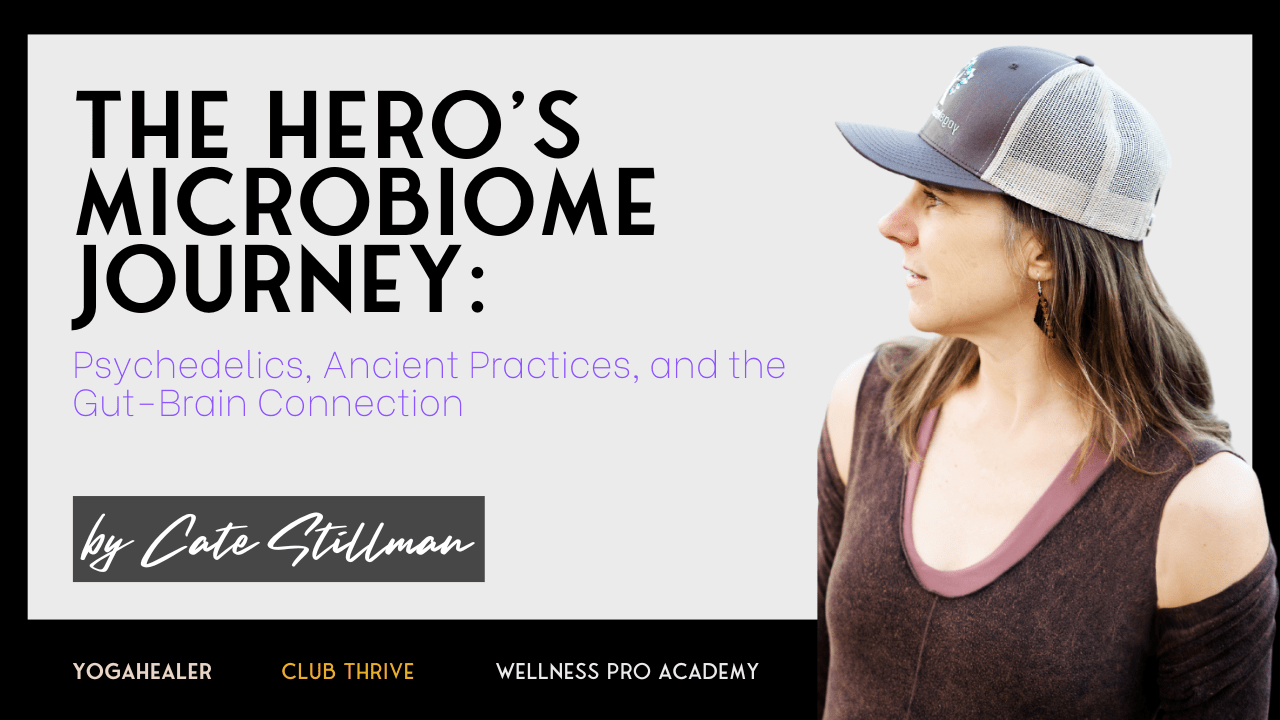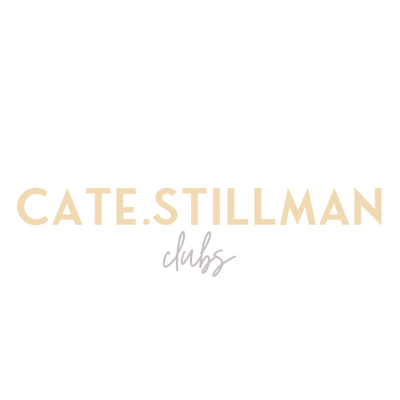
The Hero’s Microbiome Journey: Psychedelics, Ancient Practices, and the Gut-Brain Connection
The human quest for expanded consciousness and self-discovery is as old as humanity itself. From ancient shamanic rituals to modern psychedelic therapy, we’ve long sought ways to journey beyond our everyday perception of reality. But what if this journey isn’t just about our brains, but also about the trillions of microorganisms living in our guts?
The Psychedelic Hero’s Journey
Joseph Campbell’s concept of the hero’s journey mirrors the psychedelic experience in many ways. The hero leaves the familiar world, faces challenges, gains wisdom, and returns transformed [1]. Similarly, a psychedelic trip takes us out of our normal consciousness, presents us with new perspectives, and often leads to profound personal insights.
The Science of Altered States
Altered states of consciousness, whether induced by meditation or psychedelics, are associated with changes in brainwave patterns. While our normal waking state is dominated by beta waves, practices like meditation and the use of psychedelics can shift us into other states:
- Alpha waves of relaxed awareness
- Theta waves of deep relaxation and learning
- Delta waves of healing sleep
- Gamma waves of heightened perception and insight
Research has shown that both long-term meditation and psychedelic substances like DMT can induce gamma brainwaves, associated with states of “super-consciousness” and the integration of information across different areas of the brain [2].
Healing with Psychedelics
Recent studies have revealed the profound healing potential of psychedelic substances, particularly for mental health issues. A single guided psilocybin experience has been shown to significantly reduce depression and anxiety in cancer patients, with effects lasting for months or even years [3]. As I write in Uninflamed:

“Humans imagine to solve problems, to create, to understand. Tripping, McKenna says, is the honing of the mind so that when you come down, you see it all differently. We trip for life-altering insights and to upgrade our inner compass.”
Terence McKenna was an ethnobotanist, mystic, and advocate for the responsible use of naturally occurring psychedelic plants. He’s known for his explorations into the nature of consciousness and the role of psychedelic substances in human evolution and culture.

Enter the Psilocybiome + Microbiota-Gut-Brain Axis
But the story doesn’t end with the brain. An emerging area of research is exploring the concept of the “psilocybiome” – the potential interactions between psychedelic substances like psilocybin and the human microbiota-gut-brain (MGB) axis [4].
The MGB axis is a complex communication network between the gut microbiome, the gastrointestinal system, and the central nervous system. This axis may play a crucial role in the mechanisms of psychedelic therapy, particularly with psilocybin [5].
Researchers are investigating how the MGB axis might influence psychedelic therapy in several phases:
- Preparatory Phase: The gut microbiome may influence an individual’s response to psychedelic therapy before administration.
- Acute Administration Phase: During the psychedelic experience, there may be bidirectional communication between the brain and gut microbiome.
- Integration Phase: The MGB axis could play a role in the long-term effects and integration of psychedelic experiences [5].
Evolutionary Perspective on Psychedelics
Interestingly, the psilocybin-producing mushrooms of the genus Psilocybe are estimated to be 10-20 million years old. Some theories suggest that psilocybin production may have evolved as a defense mechanism against predatory insects, altering their behavior to reduce the chances of the fungi being eaten [5].
Understanding the psilocybiome could have significant implications for psychedelic-assisted therapy:
- Mechanism of Action: The MGB axis may contribute to the complex therapeutic mechanisms of psychedelics, which operate at molecular, cellular, and network levels [5].
- Treatment Response: Individual differences in gut microbiome composition might influence the efficacy of psychedelic therapy.
- Precision Medicine: Insights into the psilocybiome could lead to more personalized approaches to psychedelic therapy, potentially improving outcomes [5].
Beyond Psychedelics: Ancient Practices and the Microbiome
It’s worth noting that ancient practices like meditation, fasting, and intensive yoga can also induce profound shifts in awareness. These practices have been used for millennia to overcome what yoga philosophy calls the kleshas – mental afflictions like ignorance, ego-attachment, and fear that limit our growth and well-being [6].
Recent research suggests that these practices may also influence the gut microbiome, potentially offering another pathway to altered states and healing [7].
Conclusion: The Holistic Hero’s Journey
As we continue to study and integrate these ancient and modern technologies of consciousness, we’re discovering that the hero’s journey is more holistic than we ever imagined. It involves not just our brains, but our entire bodies – including the trillions of microorganisms that call us home.
The insights we gain from exploring the psilocybiome and the broader connections between our gut microbiome and our consciousness have the potential to transform not only individual lives but also our collective approach to mental health and well-being.
As we embark on this new frontier of research, we’re reminded that the journey of self-discovery and expanded awareness is as relevant now as it has ever been – and it might start in our guts.

[1] Campbell, J. (2008). The Hero with a Thousand Faces. New World Library.
[2] Timmermann, C., et al. (2019). Neural correlates of the DMT experience assessed with multivariate EEG. Scientific Reports, 9(1), 16324.
[3] Griffiths, R. R., et al. (2016). Psilocybin produces substantial and sustained decreases in depression and anxiety in patients with life-threatening cancer: A randomized double-blind trial. Journal of Psychopharmacology, 30(12), 1181-1197.
[4] Kelly, J. R., et al. (2023). Seeking the Psilocybiome: Psychedelics meet the microbiota-gut-brain axis. International Journal of Clinical and Health Psychology, 23, 100349.
[5] Kelly, J. R., et al. (2023). Seeking the Psilocybiome: Psychedelics meet the microbiota-gut-brain axis. International Journal of Clinical and Health Psychology, 23, 100349.
[6] Patanjali. (2008). The Yoga Sutras of Patanjali. Integral Yoga Publications.
[7] Househam, A. M., et al. (2017). The Effects of Stress and Meditation on the Immune System, Human Microbiota, and Epigenetics. Advances in Mind-Body Medicine, 31(4), 10-25.

